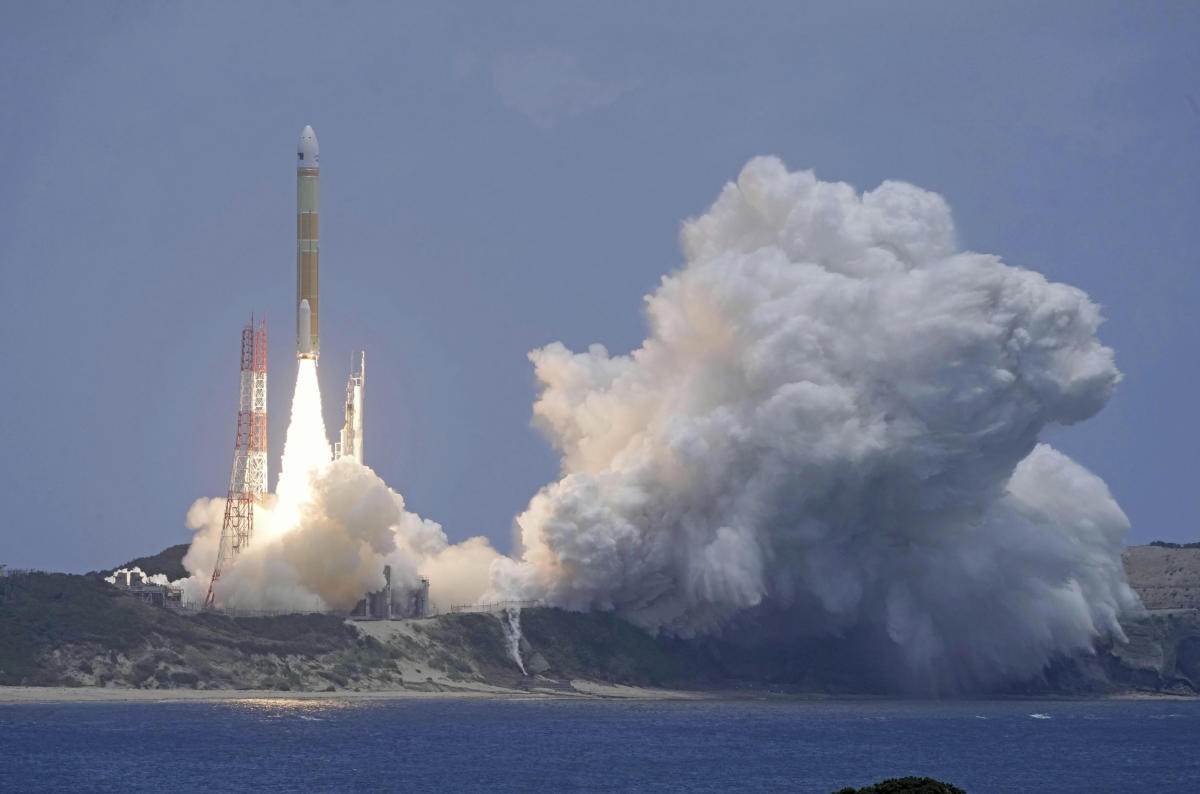SpaceX’s Starship mega-rocket took off from Texas on Thursday, the fourth test flight of the spacecraft that NASA and Elon Musk are counting on to take humanity to the Moon and Mars.
The world’s largest and most powerful rocket – measuring nearly 400 feet (121 meters) tall – was empty as it flew over the Gulf of Mexico and headed east. The summit spacecraft aimed for a U-turn around the planet with a splashdown in the Indian Ocean, after abandoning the first stage booster in the Gulf.
This time, SpaceX sought to avoid explosions by controlling descents. SpaceX moved closer in March, but lost contact with the spacecraft as it went out of space and exploded before reaching its goal. The propeller also failed in flight, a quarter of a mile above the gulf.
The two test flights last year ended with explosions shortly after takeoff from the southern tip of Texas, near the Mexican border. The first dug up Boca Chica Beach and threw debris thousands of feet (meters).
SpaceX upgraded the software and made some changes to the rocket return to improve the odds. The Federal Aviation Administration approved this fourth demonstration on Tuesday, saying all safety requirements had been met.
Starship is designed to be completely reusable. This is why SpaceX wants to control the booster’s entry into the Gulf and the spacecraft’s descent into the Indian Ocean – this provides practice for future planned landings. Nothing will be recovered from Thursday’s flight.
NASA has ordered a pair of spacecraft to two moon landing missions by astronauts, coming at the end of this decade. Each lunar crew will rely on NASA’s rocket and capsule to leave Earth, but will meet Starship in lunar orbit for the descent to the surface.
SpaceX already sells tourist trips around the Moon. THE first private lunar clienta Japanese tycoon, withdrew from the trip with his entourage last week, citing the often delayed schedule.
The SpaceX founder and CEO has more ambitious plans: Musk envisions fleets of spaceships carrying people and the infrastructure needed to build a city on Mars.
___
The Associated Press Health and Science Department receives support from the Howard Hughes Medical Institute’s Science and Education Media Group. The AP is solely responsible for all content.


